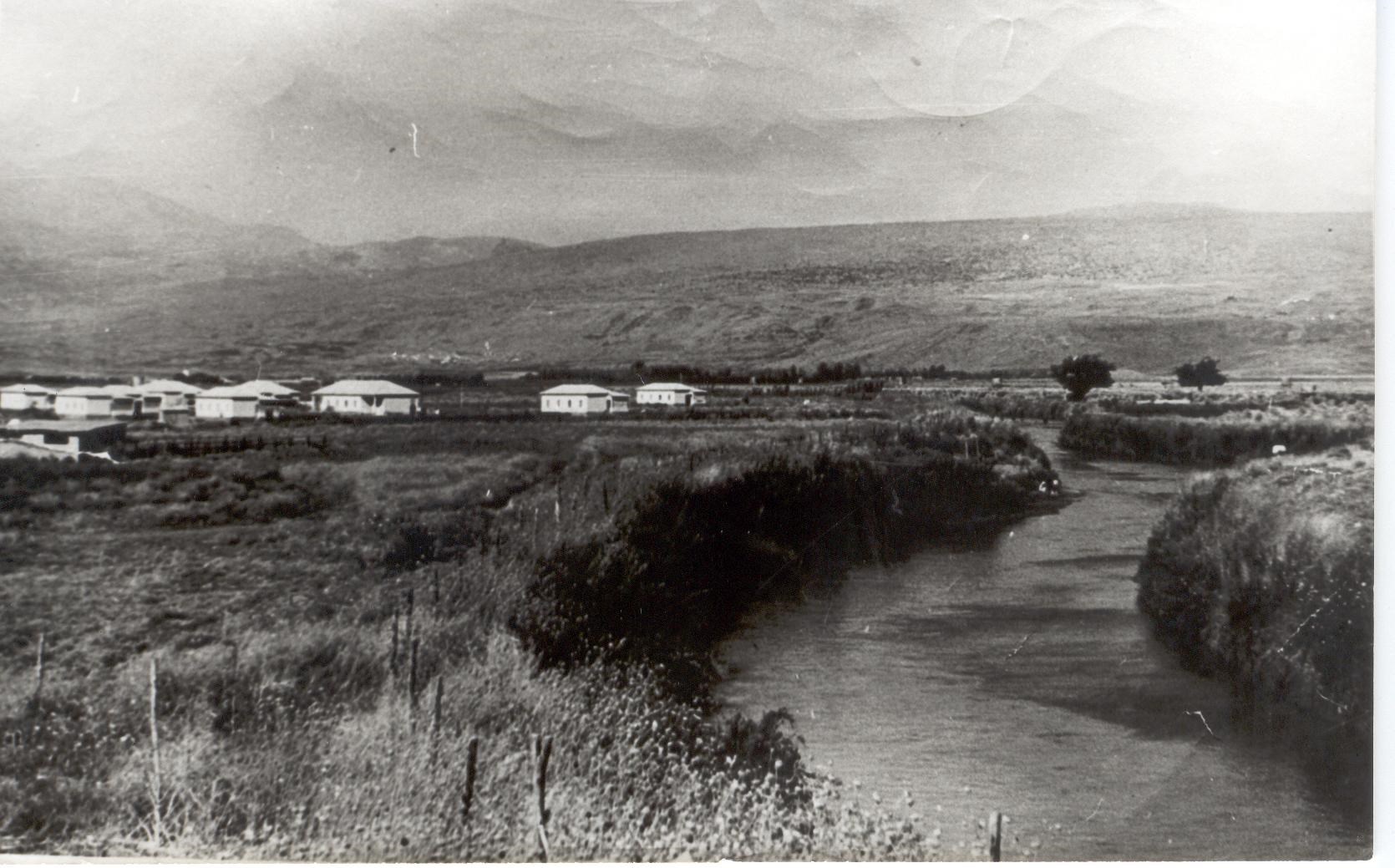Welcome to Kibbutz Kfar Blum
We are pleased to have you with us. You probably have questions to ask about the kibbutz
Here are some of the answers:
What is a Kibbutz?
A kibbutz was originally a cooperative community governed by the general assembly of its members. Property was collectively owned and all share in the work of the community. All members had equal rights and each contributed his labor and skills, according to his ability, to the economic, social and cultural advancement of the kibbutz. In return, the kibbutz assumed responsibility for the well-being of its members and provided for their physical, cultural, educational and social needs.
What is Kibbutz Kfar Blum?
The kibbutz, named after Leon Blum, a Jew and former socialist premier of France, was founded in 1943. The young pioneers waited five years for the land and budget for settlement to become available. This period was spent in the center of the country in the village of Binyamina working for local farmers. The original group consisted of people from the Baltic countries (Lithuania, Latvia, Estonia), from England, the United States and Canada. Subsequently, newcomers from thirty different counties joined the kibbutz. When the new settlers arrived in the Huleh Valley they found a malaria-ridden swamp. There were no roads, no trees, no houses and most of the land was waterlogged. The Kfar Blum you see today is the result of devotion, hard work and building over a period of 70 years. Our community now boasts a population of about 1000, 250 members, 150 children and about 600 residents. In the last ten years the kibbutz chose to privatize many of its services and decided to offer market-value salaries to its members. As a result the kibbutz of the 21st century is no longer an equal society and no longer offers its services for free to its members and residents.









